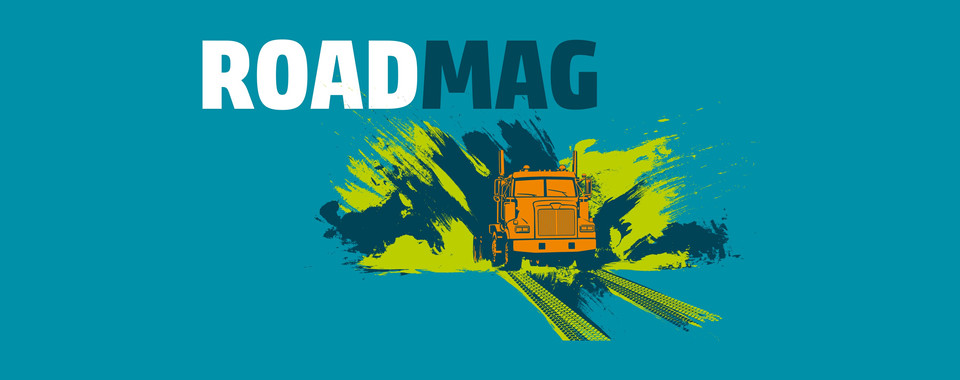
lesen
ROADMAG - Das Magazin für Baustofflogistiker - mit spannenden Einblicken in die Welt der KI.
Transportoptimierung für Zement, Transportbeton, Schüttgüter und Asphalt.

Bei der Transportplanung von Zement, Beton, Asphalt, Kies und Sand sind schnelle Entscheidungen gefragt. Und bei jeder Entscheidung stehen Transportkosten und Kundenzufriedenheit auf dem Spiel.
Unsere KI-Software für nachhaltig optimierte Baustofflogistik ermöglicht Ihren Planern und Disponenten komplexe und zeitkritische Berechnungen mit Leichtigkeit zu erstellen - sowohl in der Vorplanung als auch in Echtzeit.
Wie weit kommen Sie mit KI? Kontaktieren Sie uns noch heute, um mehr zu erfahren!
Als Add-on zu Ihrer IT-Landschaft (ERP, Telematik, Tracking-App, Kundenportal, etc.) dient unsere KI-Software als zentrales Planungs- und Ausführungstool für Ihre Disponenten und Planer.
Taktische Vorplanung
Unsere Software erstellt einen optimierten Auslieferungsplan für den nächsten Tag - auf Basis des von Ihren Disponenten gewähltem Servicelevels. Verschiedene Szenarien lassen sich auf Knopfdruck vergleichen.
Echtzeitoptimierung
Auftragsänderungen, Stornierungen, Verzögerungen, Lkw- oder Anlagenausfall - kein Grund zur Sorge. Unsere Software optimiert und aktualisiert automatisch jede Minute den Auslieferungsplan.
Availability-to-Promise (ATP)
Der konsolidierte Echtzeit-Überblick aller Aufträge und Transportkapazitäten erlaubt es Ihrem Serviceteam, die besten Zeitfenster für Ihre Kunden und Ihre Belange zu finden - und das während der Auftragsannahme.
Strategische Planung
Flottengröße, Flottenumverteilung, der richtige Mix aus eigener Flotte und externen Spediteuren, etc. - die KPIs unserer Software beschleunigen Ihren strategischen Planungsprozess enorm. Zusätzliche bieten wir Ihnen umfassende Logistikberatung und Simulationsstudien an.
Wir von der INFORM waren vor über 25 Jahren der Vorreiter beim Einsatz von Algorithmen in der Baustofflogistik.
Heute vertrauen große Baustoffhersteller wie Heidelberg Materials, Holcim, und CRH auf unsere Software. Unsere Kunden erzielen üblicherweise:
Weitere Vorteile und Erfahrungsberichte von unseren Kunden zeigt Ihnen das Video.

Dirk Schlemper
Consultant
Auch mit weniger als 100 Lkw und ohne große interne IT-Abteilung können Sie von unserer KI-Software profitieren.
Das Video nimmt Sie mit zu unserem langjährigen Kunden Ross Bauservice - einem mittelständischen Schüttgut- und Asphaltproduzenten im Rhein-Main-Gebiet.